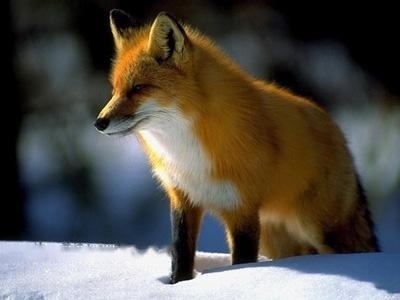
Red Fox
Mating between January and February every year, male foxes fight fiercely for female foxes. The gestation period is about 2 months, and the male and female jointly raise the cubs,
Alias Red Bellysquirrel, long-nosed squirrel, rock squirrel
English name Squirrel
Weight 350g
Size Medium
Longhair Shorthair
Origin China, Europe
| Stickness: | Desire : | |||
| Hair loss: | Body Odor: | |||
| Beauty Frequency: | Kids Friendly: | |||
| opposite Friendly people: | Animal Friendly: | |||
| Amount of exercise: | Trainability: | |||
| saliva level: | Cold Hardiness: | |||
| Heat Resistance: | City Fitness : |
History and distribution The squirrel has a wide distribution and can be found throughout the cold temperate forest area. In my country, it is mainly distributed in the mountainous areas of the three northeastern provinces, northeastern Inner Mongolia, Hebei and northern Shanxi, Ningxia, Gansu, Xinjiang and other provinces; abroad, it is distributed from the Far East of Russia, Japan, North Korea, northern Mongolia, Heilongjiang, and westward to Western Europe. In the coniferous forest, there are not many squirrels every year. The number of squirrels depends on the number of conifer seeds in winter. Because its food is mainly plant seeds and fruits, seeds sometimes account for more than 90%. ; And spruce seeds are not harvested every year. In the years when the pine cones are not harvested, the squirrel will move to the place where there is more food; and in the years when the food is abundant, it will multiply. The number of reproduction is high. |
Origin Origin: Northeast, Northwest and Europe of China, except for Oceania and Antarctica, it is distributed in other parts of the world. English name: Squirrel Scientific name: Sciurus vulgaris Genus: Animalia, Vertebrate phylum, Mammalia, Rodentia, Sciuridae, Squirrel Family, Squirrel Lifespan: 5-10 years depending on species |
Personality Gentle, cute, well-behaved, docile, likable, very hard-working, clean , smart and flexible. |
Morphological characteristics The squirrel is usually medium in size and is a typical representative animal in cold temperate coniferous forests and mixed forests. The squirrel has 5 molars in the upper jaw and 4 in the lower jaw, and the number of molars in the upper and lower jaws varies. No skin wings between the fore and hind limbs. The limbs are strong, the toes have sharp claws, the claws are hooked, and the weight is usually about 350 grams. Females are slightly heavier than males. The squirrel is dignified and light, with a body length of about 18-26 cm, and a long and thick tail, which is more than two-thirds of the body length, but not as long as the body. The tail is densely long and fluffy, the limbs and fore and hind legs are longer, but the forelimbs are shorter than the hind legs. The ear shells are well-developed, reaching the eyes when folded forward, and the ears have a tuft of long black hairs in winter. The back of the whole body is from the snout to the base of the tail, the sides of the body and the outer sides of the limbs are brown-gray, the base of the hair is gray-black, and the tip of the hair is brown or gray. The abdomen is from the back of the lower collar to the base of the tail, and the inside of the limbs are all white. The back and ventral surface of the tail are brown-black, the base of the hair is gray, and the tip of the hair is brown-black. The muzzle, cheeks and underside are as coloured as the back, but more blue-grey, the ear shells are black-grey, and the winter hair has large black tufts. Individual coat colors vary greatly, such as blue-gray, gray, brown-gray, dark gray, and black-brown. With regional differences, the coat color also changes. For example, the color of the squirrel in Liaoning is gray, while the color of the squirrel in southern my country is darker. In addition, the coat color is also affected by the season, gray or taupe in winter, black or dark brown in summer. |